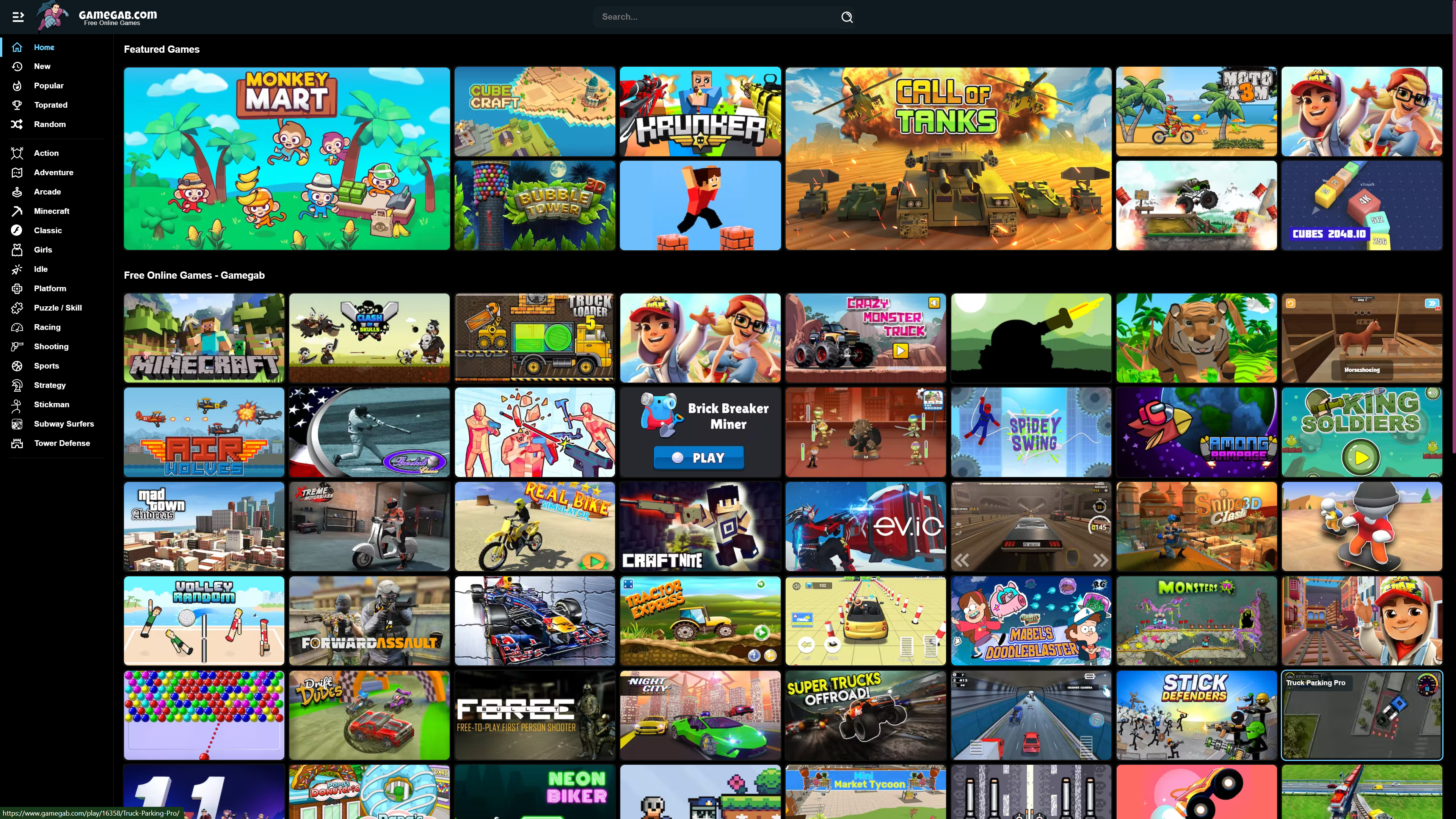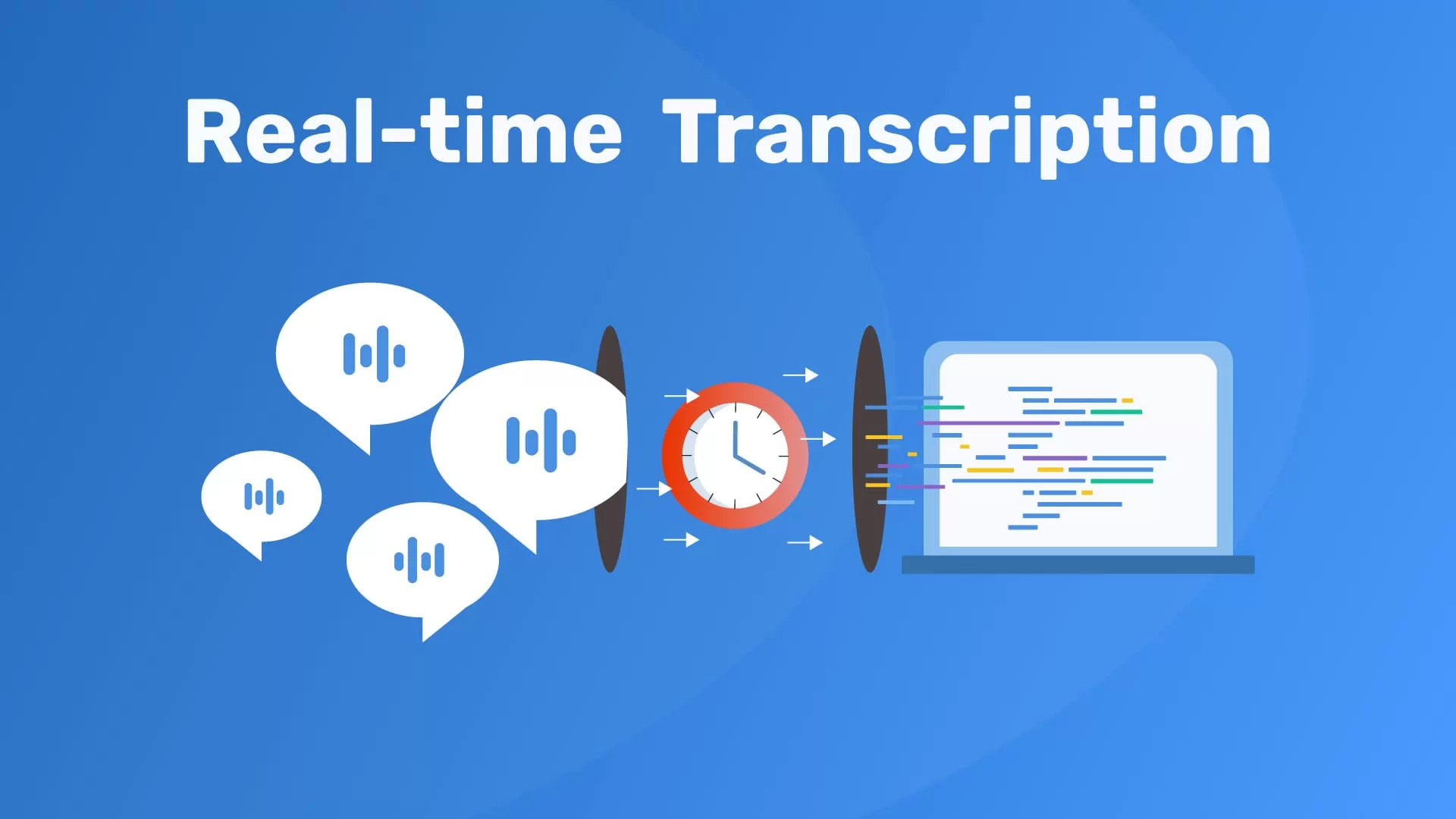Top 5 Full Stack Development Trends in 2023
In the ever-evolving landscape of technology, full stack development continues to be at the forefront of innovation, providing versatile solutions that bridge the gap between frontend and backend development. As 2023 unfolds, new trends are shaping the way developers approach full stack development. This article explores the top five full stack development trends that are expected to dominate the scene in 2023.
Serverless Architecture
Serverless architecture, a paradigm that has gained significant traction in recent years, is set to become even more prevalent in 2023. This trend empowers developers by allowing them to focus solely on writing code without worrying about server management. Serverless platforms, such as AWS Lambda, Azure Functions, and Google Cloud Functions, handle the infrastructure, auto-scaling, and maintenance, enabling developers to deliver applications faster and with reduced operational overhead.
In a serverless environment, applications are broken down into smaller, modular functions that can be triggered by specific events. This approach promotes better resource utilization and cost-efficiency, as developers only pay for the actual computing resources consumed. As the demand for seamless and scalable applications continues to grow, the serverless trend will enable hire full stack developers to create dynamic and responsive applications more efficiently.
JAMstack Architecture
JAMstack (JavaScript, APIs, and Markup) has emerged as a modern architecture that enhances the performance, security, and scalability of web applications. In 2023, JAMstack is expected to become a cornerstone of full stack development. By decoupling the frontend from the backend, JAMstack allows developers to create applications that are highly optimized, easily maintainable, and can be delivered through Content Delivery Networks (CDNs).
JAMstack relies on APIs for dynamic functionalities, enabling developers to integrate services and data from multiple sources seamlessly. This approach not only enhances the user experience but also promotes better collaboration between frontend and backend developers. As security concerns continue to grow, JAMstack’s emphasis on pre-rendered content and reduced attack surfaces makes it an appealing choice for developing robust and secure applications.
Low-Code and No-Code Development
The low-code and no-code development movement has gained remarkable momentum in recent years, and its impact on full stack development is set to grow even stronger in 2023. These platforms empower individuals with varying technical expertise to create applications using visual interfaces and minimal manual coding. While some may argue that this trend diminishes the role of traditional full stack developers, it opens new opportunities for them to focus on complex problem-solving and innovation.
Low-code and no-code tools provide full stack developers with the ability to prototype and validate ideas rapidly, reducing time-to-market for applications. Moreover, these platforms allow for easier collaboration between technical and non-technical team members, fostering a more efficient development process. In 2023, expect to see full stack developers embracing these tools to streamline development workflows, create prototypes, and deliver solutions more effectively.
Containerization and Microservices
Containerization, driven by technologies like Docker and Kubernetes, continues to revolutionize how applications are developed, deployed, and managed. In 2023, containerization will remain a crucial trend in full stack development, enabling developers to package applications and their dependencies into consistent and isolated environments.
Microservices architecture, closely related to containerization, is another trend that will shape full stack development this year. This approach involves breaking down applications into smaller, loosely coupled services that can be developed, deployed, and scaled independently. This granularity allows hire PHP developers to optimize different parts of the application and scale only the necessary components, leading to improved performance and resource utilization.
AI and Machine Learning Integration
Artificial Intelligence (AI) and Machine Learning (ML) are transforming industries across the board, and their integration into full stack development is set to be a significant trend in 2023. Full stack developers are increasingly leveraging AI and ML to enhance application functionality, automate processes, and provide personalized user experiences.
With AI-powered tools and libraries becoming more accessible, full stack developers can implement features like natural language processing, image recognition, and recommendation systems without needing extensive expertise in AI. This trend enables developers to create more intelligent and context-aware applications that can adapt and learn from user interactions over time.
Conclusion
In the dynamic landscape of full stack development, staying abreast of emerging trends is essential for creating innovative and effective solutions. As 2023 unfolds, serverless architecture, JAMstack, low-code/no-code development, containerization/microservices, and AI/ML integration are poised to drive the evolution of full stack development. By embracing these trends, full stack developers can stay ahead of the curve, delivering cutting-edge applications that meet the ever-changing demands of the digital world.
Author Bio:
Shimla Shukla works at Nova Techset Limited as a digital marketing enthusiast. Her areas of competence include content marketing, PPC, email marketing, and social media marketing. She has been researching digital marketing to share his pearls of wisdom with the rest of the world. She enjoys working on various areas and providing useful articles for readers.










